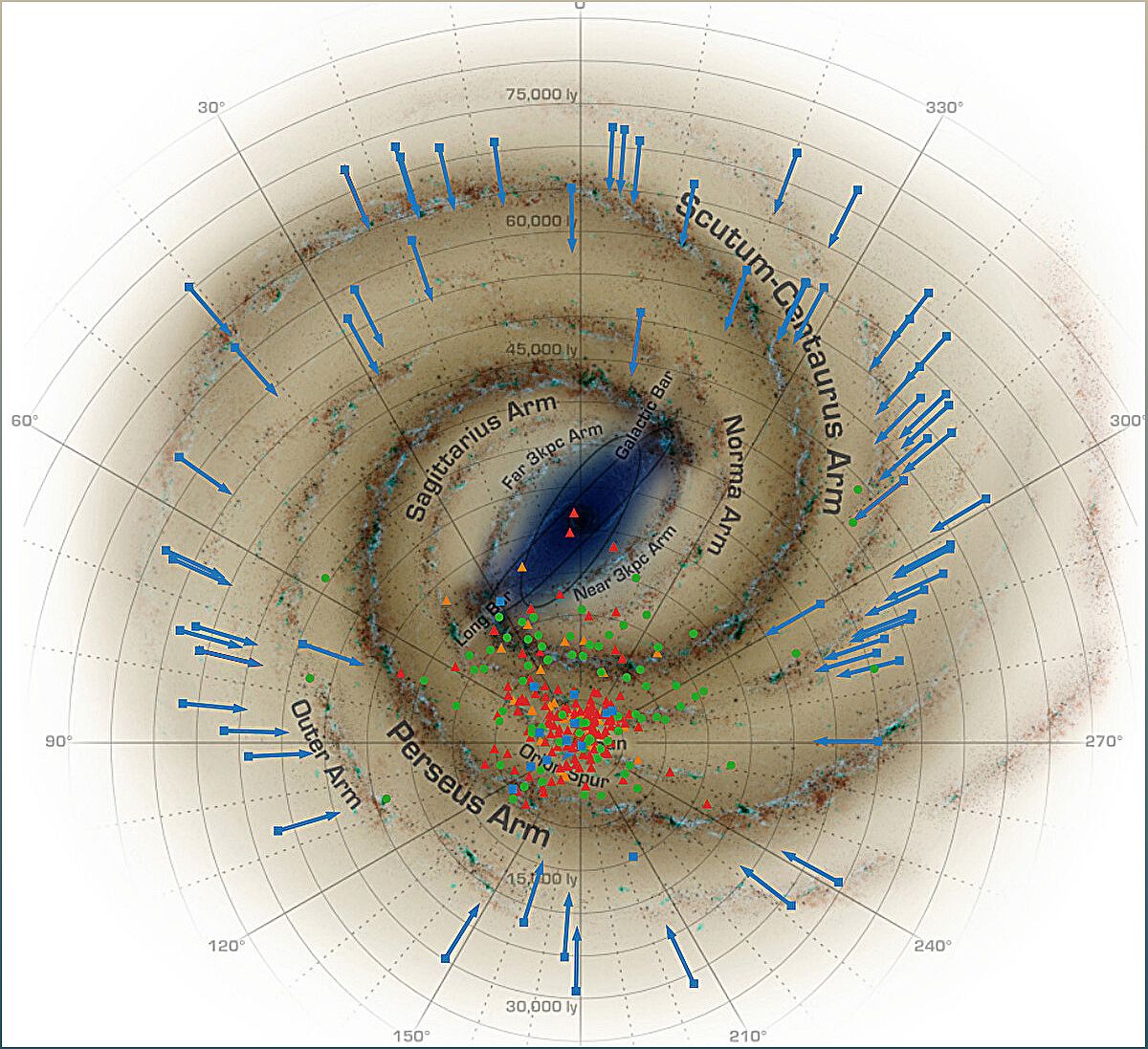In a remarkable achievement, the U.S. Naval Research Laboratory (NRL) and the Fermi Large Area Telescope Collaboration have unveiled the Third Catalog of Gamma Ray Pulsars, revealing the existence of nearly 300 gamma-ray pulsars. This discovery marks a significant milestone in the field of astrophysics, considering that there were only a handful of known gamma-ray pulsars when the Fermi telescope was launched in 2008. Join me on an exploration of this groundbreaking catalog, its implications, and the exciting avenues it opens up for scientific research and practical applications.
The Significance of the Third Catalog of Gamma Ray Pulsars
Explore the groundbreaking significance of the Third Catalog of Gamma Ray Pulsars and its impact on astrophysics.
The Third Catalog of Gamma Ray Pulsars is a remarkable achievement in the field of astrophysics. With the discovery of nearly 300 gamma-ray pulsars, this catalog represents a significant leap forward in our understanding of these cosmic phenomena. The increase in the number of known gamma-ray pulsars from less than ten to hundreds opens up new avenues for research and provides valuable insights into the formation of massive galaxies.
Furthermore, this catalog has practical applications in navigation and timing. Pulsar-based navigation relies on the stability of these cosmic clocks, similar to GPS satellites. By determining the ultimate stability limit for pulsar-based navigation, this catalog enhances our ability to navigate and explore the vastness of space.
Unveiling the Secrets of Gamma-Ray Pulsars
Delve into the fascinating world of gamma-ray pulsars and discover the secrets they hold.
Gamma-ray pulsars are formed when massive stars collapse into dense, spinning, magnetized neutron stars. These spinning magnetic fields emit beams of gamma rays, which can be observed by the Fermi gamma-ray telescope. The Third Catalog of Gamma Ray Pulsars provides valuable insights into the timing behavior and spectra of these pulsars, shedding light on their fascinating properties.
One intriguing aspect of this catalog is the inclusion of a large number of millisecond pulsars (MSPs). These young pulsars have been 'recycled' through a process called mass transfer from a binary companion, making them incredibly precise timekeepers. MSPs are used in experiments called Pulsar Timing Arrays to search for gravitational waves, providing us with a deeper understanding of the universe.
Practical Applications in Navigation and Timing
Discover how the Third Catalog of Gamma Ray Pulsars contributes to navigation and timing systems.
Pulsar-based navigation, similar to GPS satellites, relies on the stability of these cosmic clocks. The Third Catalog of Gamma Ray Pulsars helps determine the ultimate stability limit for pulsar-based navigation, enhancing our ability to navigate and explore space with greater precision.
Additionally, the gamma-ray detection abilities of the Fermi telescope reduce potential measurement errors in studying gravitational waves. This catalog's data contributes to experiments that aim to detect very low-frequency gravitational waves, providing valuable insights into the formation of massive galaxies and advancing our understanding of the universe.
A Valuable Resource for the Scientific Community
Learn about the significance of the Third Catalog of Gamma Ray Pulsars as a valuable resource for the scientific community.
The publication of the Third Catalog of Gamma Ray Pulsars in The Astrophysical Journal is a significant contribution to the scientific community. This comprehensive catalog provides the latest information on gamma-ray pulsars, their timing behavior, and spectra, serving as a valuable resource for researchers and scientists in the field of astrophysics.
With over 15 years of data from the Fermi gamma-ray telescope, this catalog opens up new avenues for exploration and research, paving the way for further discoveries and advancements in our understanding of the universe.

